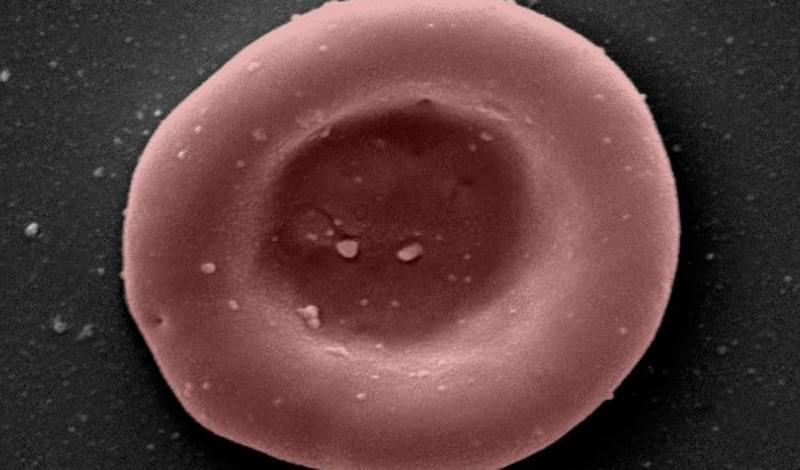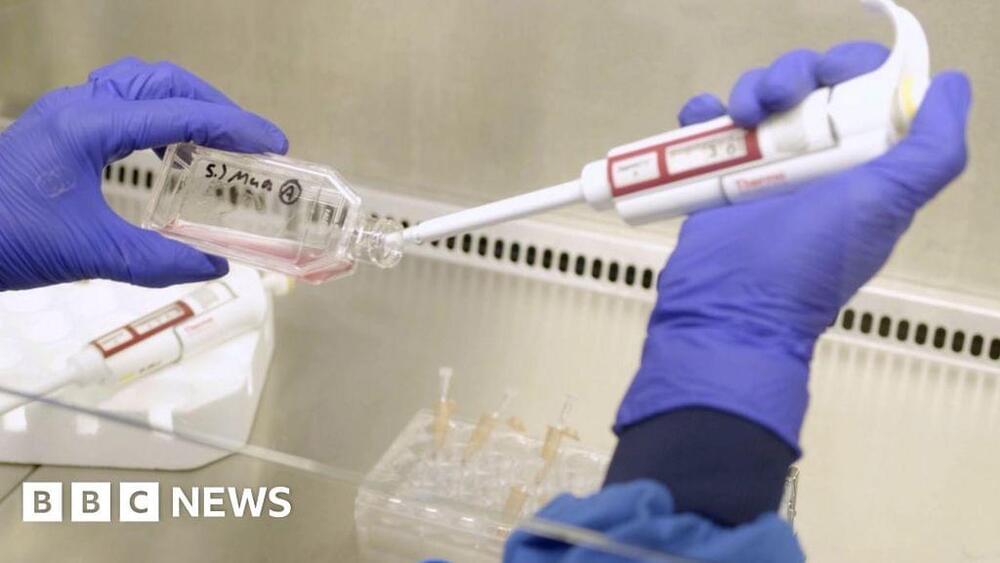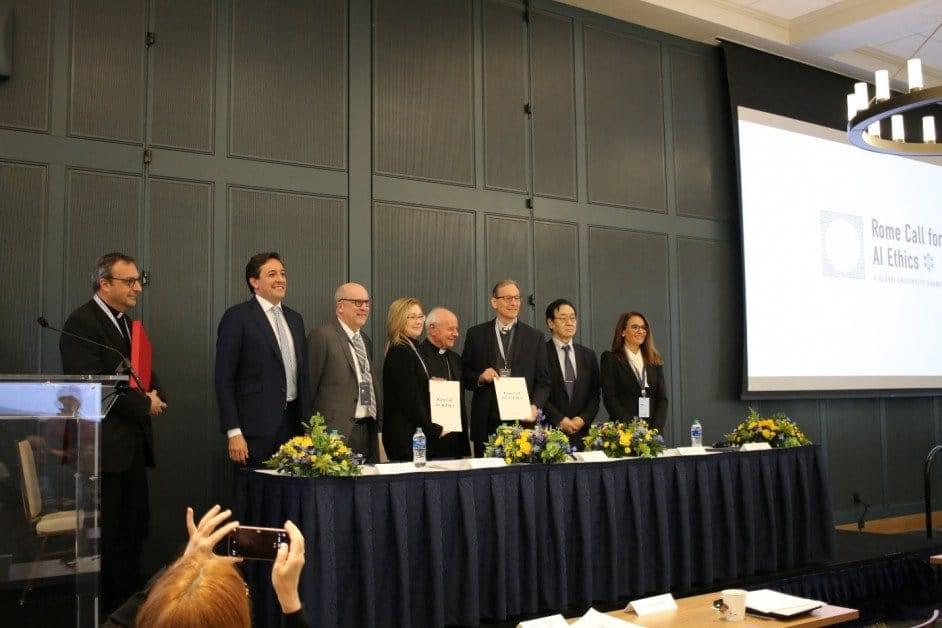The real origins of Ancient Israel in history is a fascinating area of research. In this interview we discuss ancient Canaan being ruled by Egypt and the conflicts between Philistine peoples and Israel. The God El and Yahweh from Canaan to Israel and its polytheistic origins. We also get into creation accounts prior to Genesis in the ancient Babylonian sources like the Enuma Elish and where Leviathan comes from.
Lester L. Grabbe is a retired American scholar and Emeritus Professor of Hebrew Bible and Early Judaism at the University of Hull, England.
Get Professor Lester L. Grabbe books here 👉 https://amzn.to/35FqNYf.
Sign up for the 7 hour resurrection debate between Dr’s Bart Ehrman & Mike Licona here.
https://www.mythvisionpodcast.com/resurrection.
Sign up for Dr. Bart D. Ehrman’s Genesis “In The Beginning” Webinar here: https://www.mythvisionpodcast.com/genesis.
Sign up for Dr. Bart D. Ehrman’s Christmas Webinar here:




